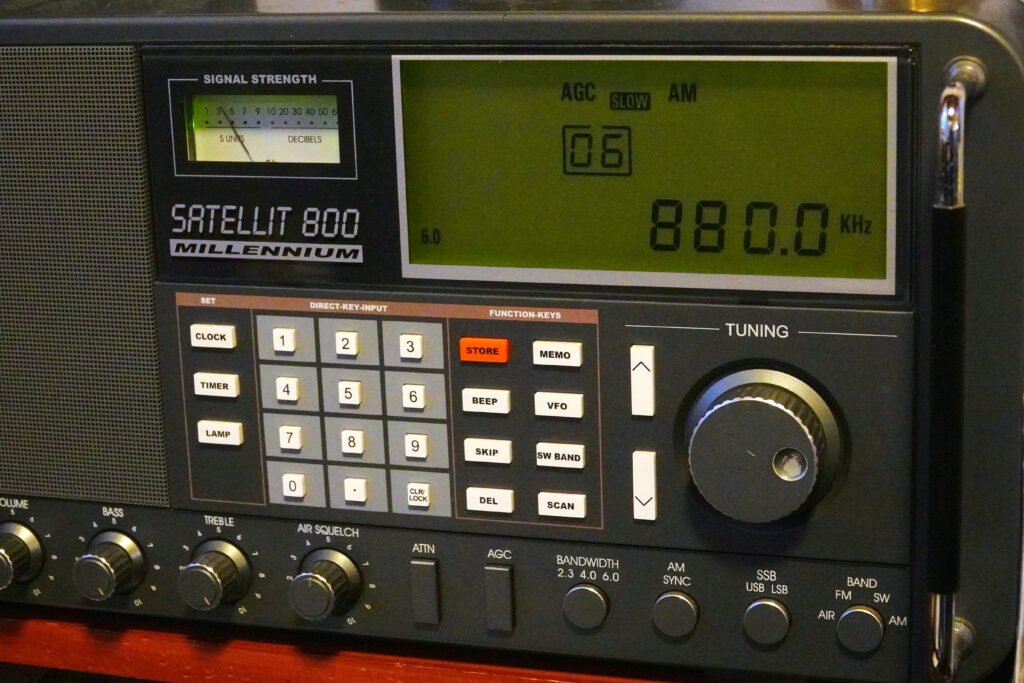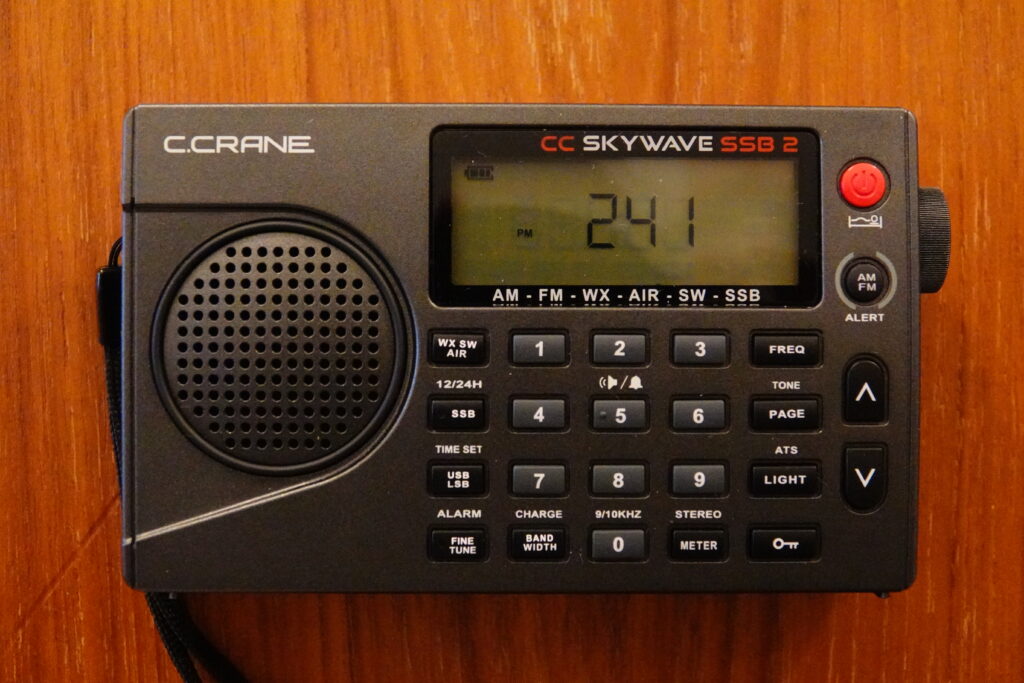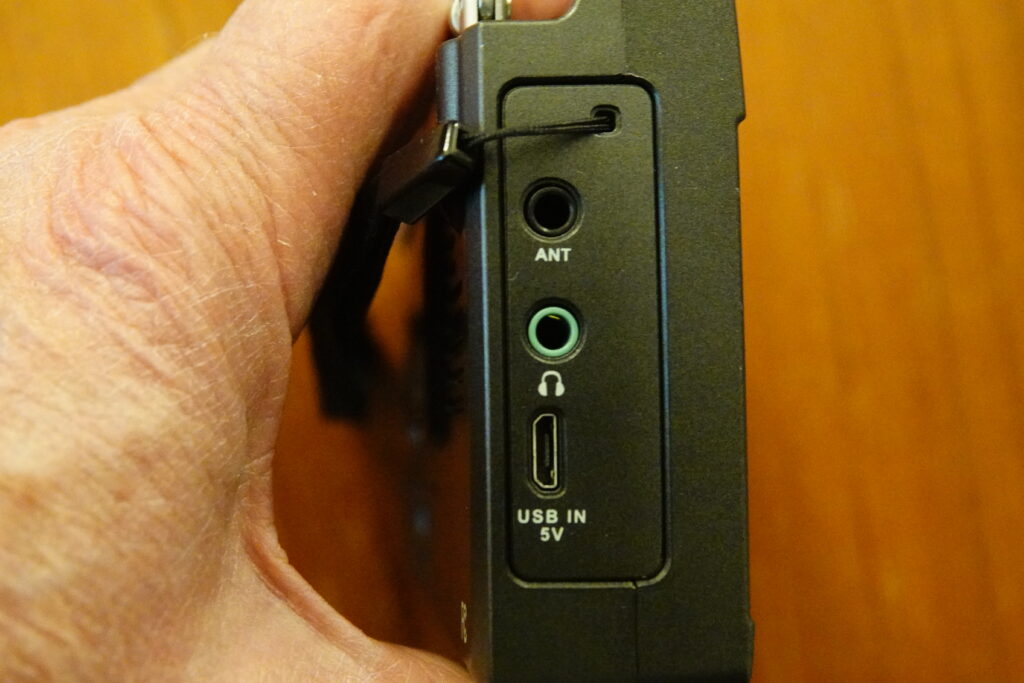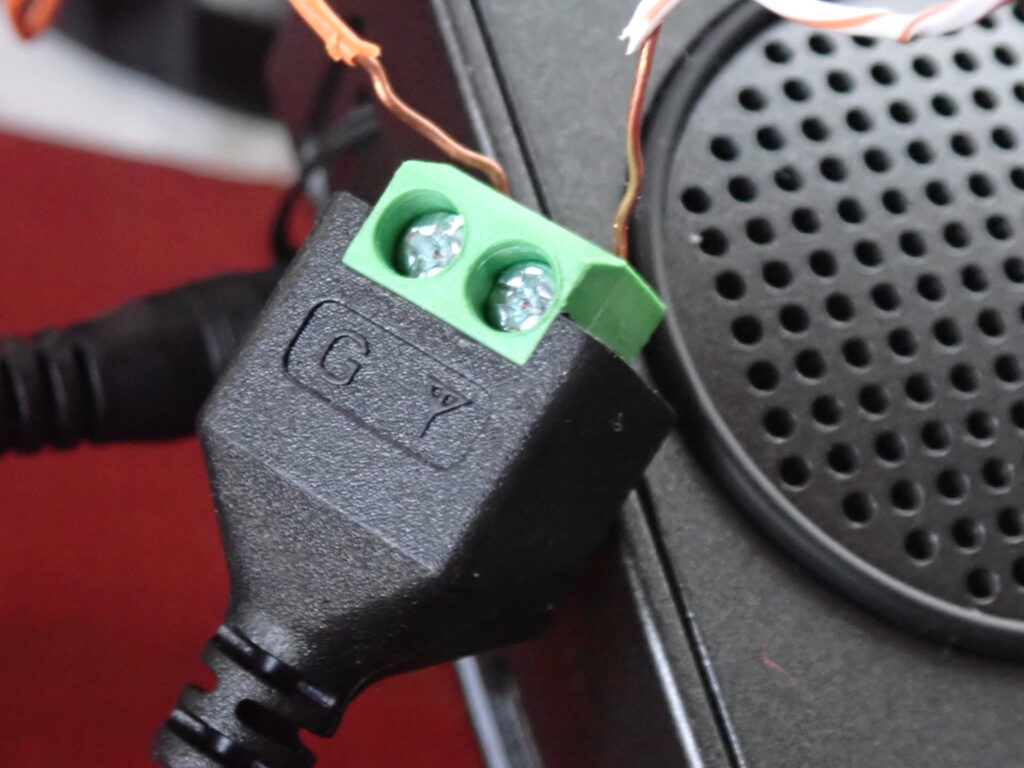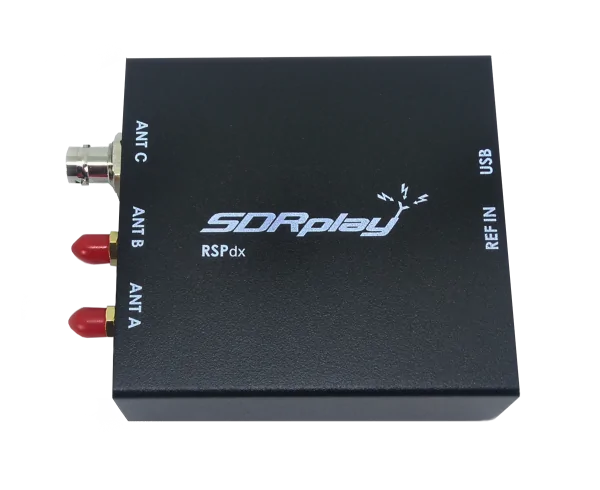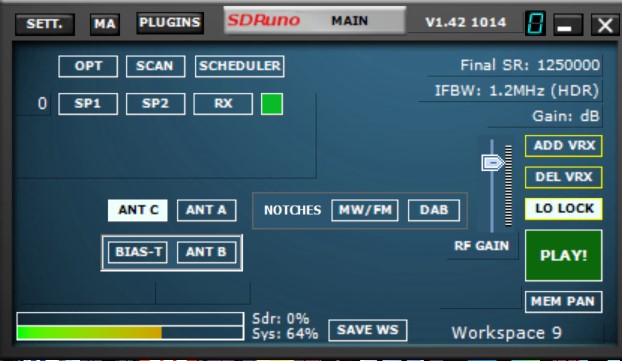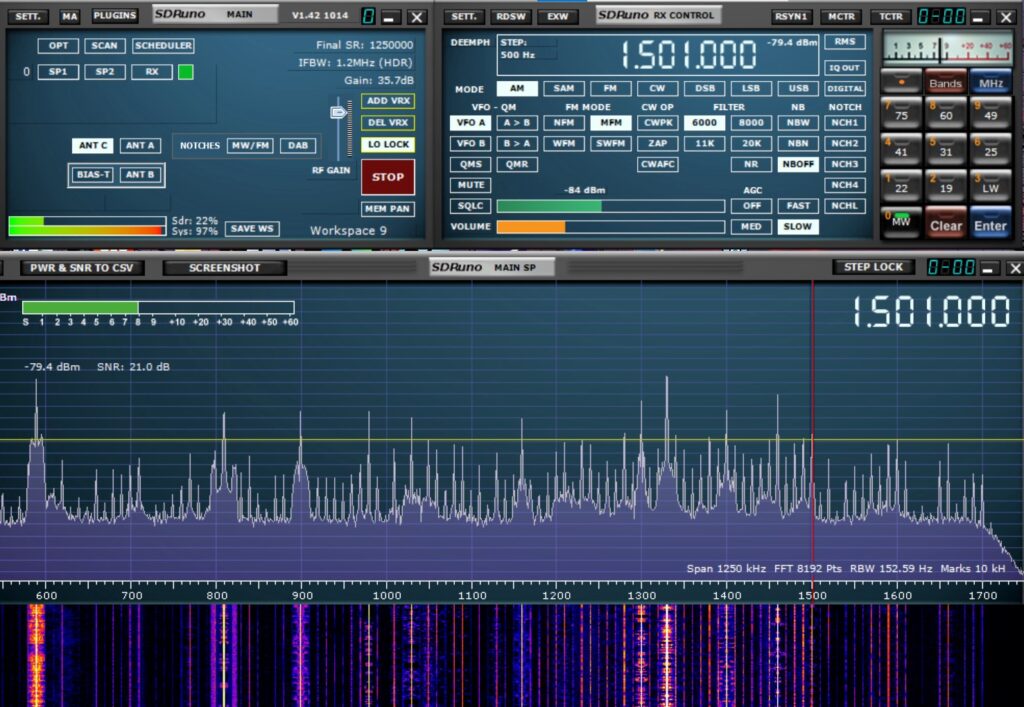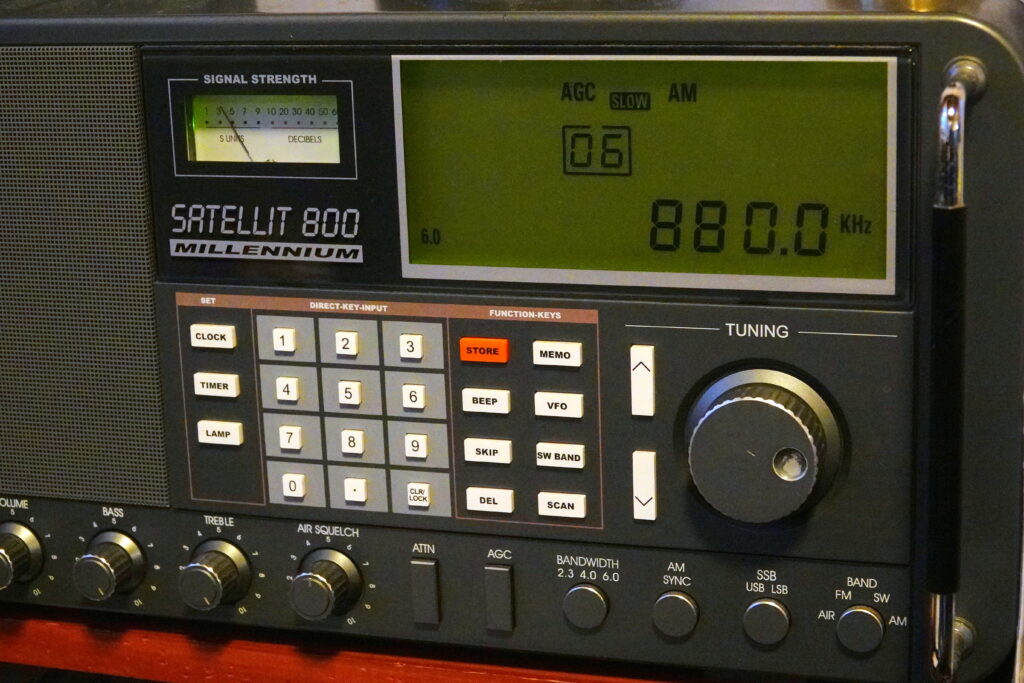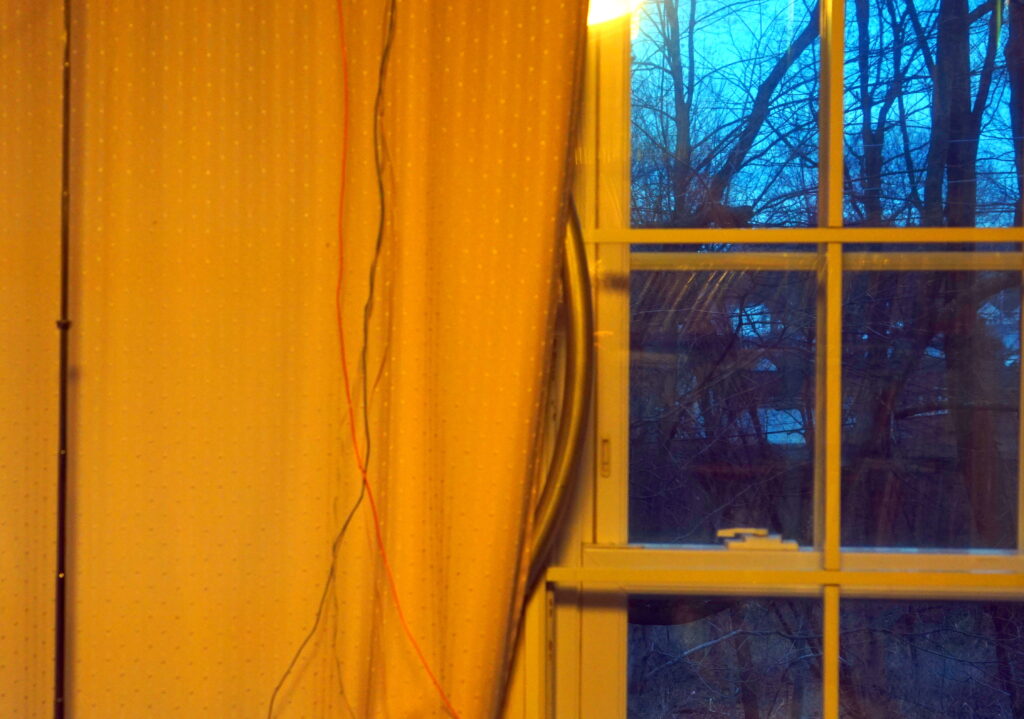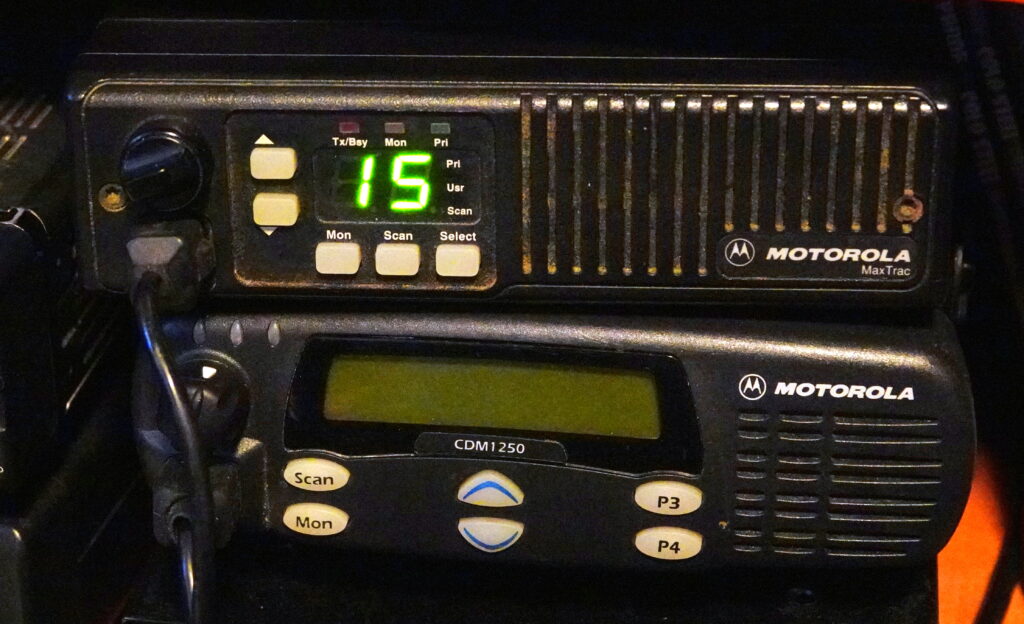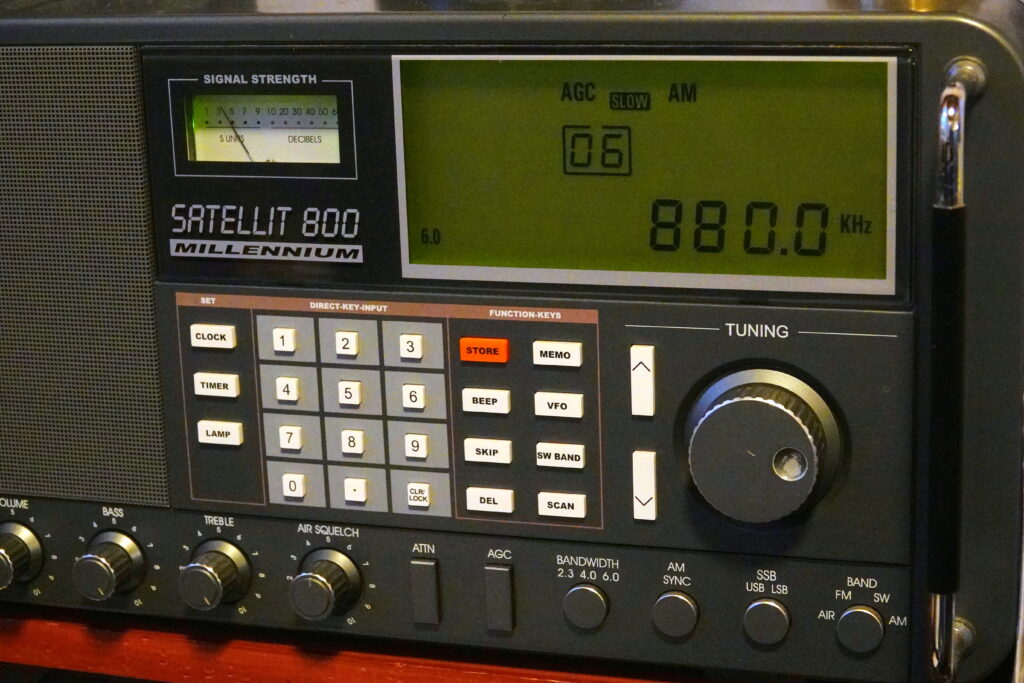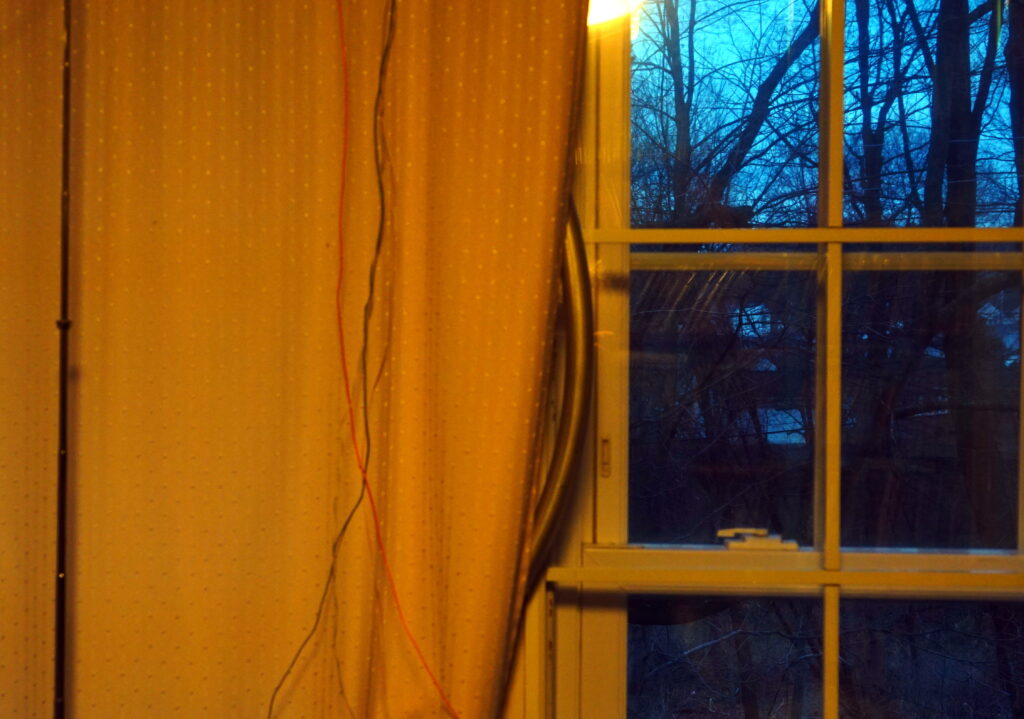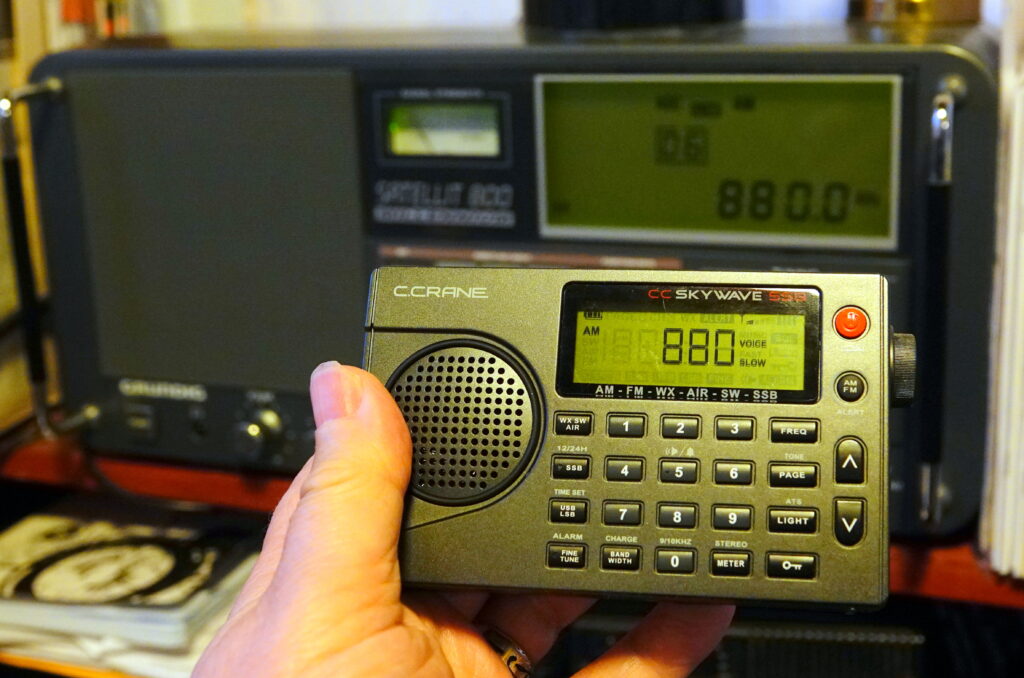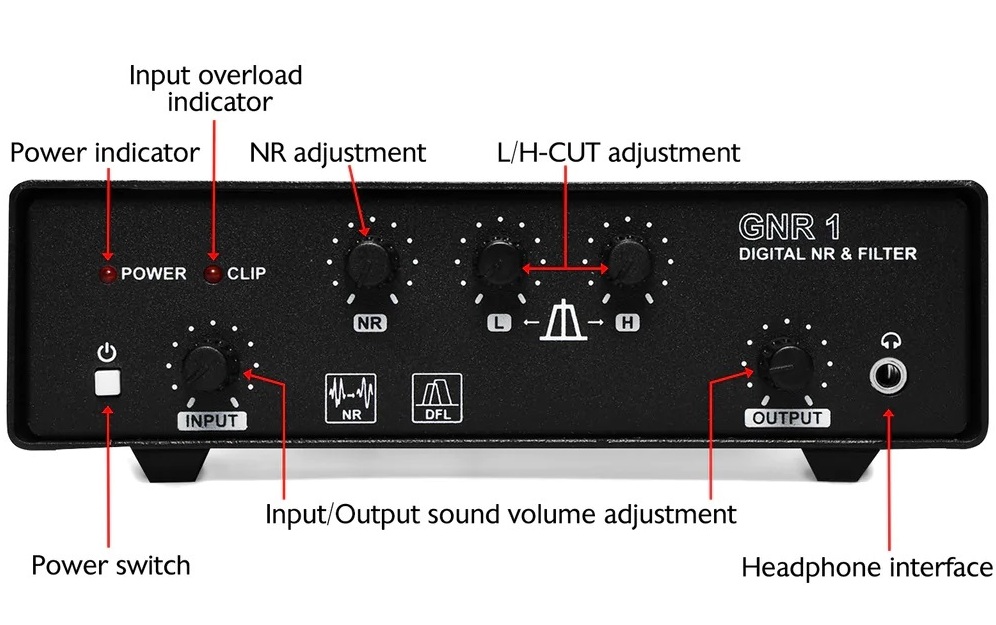By Jock Elliott, KB2GOM
First a word of acknowledgement and thanks: it was Chuck Rippel who said (in part) — in response to this post — “We could make this interesting by restricting listening to the period 10AM – 2PM maybe 3PM.” And that got me to thinking that maybe a daylight DXing challenge might be fun.
It was Bill Hemphill, who said, responding to the same blog post:
“Every year the New Jersey Antique Radio Club has a BCB DX contest for its club members. The main purpose is to encourage the members to put into operation some of the many old am radios that they own. This year’s contest was just completed this past Sunday. For any 24 hour period, using the same radio, you attempt to log the most distant stations. The contest score is the total mileage of the ten stations that are most distant.”
Reading that, I rather liked the idea of using mileage as one way to keep score.
Combining the two ideas, the result is The Great Medium Wave Daylight DX Challenge.
Here are the rules:
- Frequency rang is the medium wave band: 520-1710 kHz
- 10 am to 2 pm your local time on the Saturday after the post appears (Saturday, March 11, 2023).
- Any radio with any antenna, but must be the radio at your location (no using remote internet radios)
- The listener must hear the signal in real time
- The stations must be ID’ed by listening to the signal.
- Your report should include:
- Your name (or Internet handle)
- Your receiver and antenna (stay with the same setup from beginning to end; if you use multiple setups, provide a separate report for each).
- Your location
- The time, the frequency, and the ID of each station heard
- The total mileage of your top five most distant stations.
A final point: this is not a contest; it is a challenge. The reward for every participant will be fun and fellowship.
UPDATE: Chuck Rippel did sweeten the pot, though! Check out his generous offer here.

